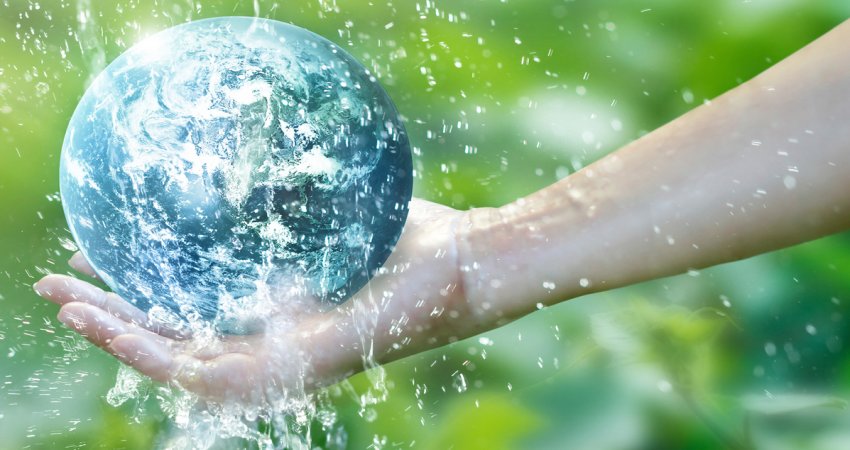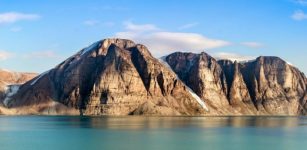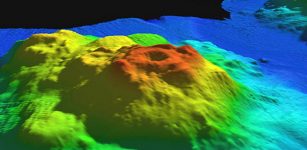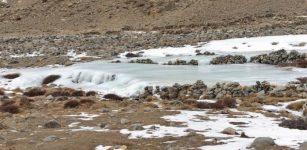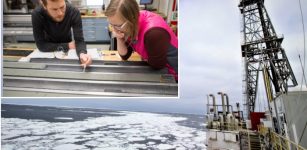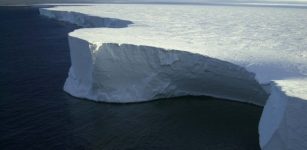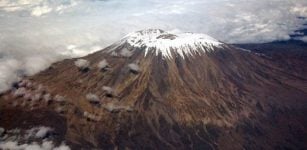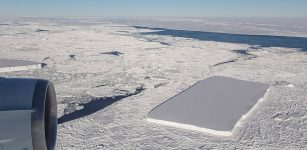Bad News: Surface Melting Causes Antarctic Glaciers To Slip Faster Towards The Ocean
Eddie Gonzales Jr. – MessageToEagle.com – A new study reveals for the first time that melting on the surface impacts the flow of glaciers in Antarctica.
The water from melting Antarctic glaciers, flowing through the ice and beneath them, is rapidly accelerating further thawing of the continent’s ice sheets towards the sea.
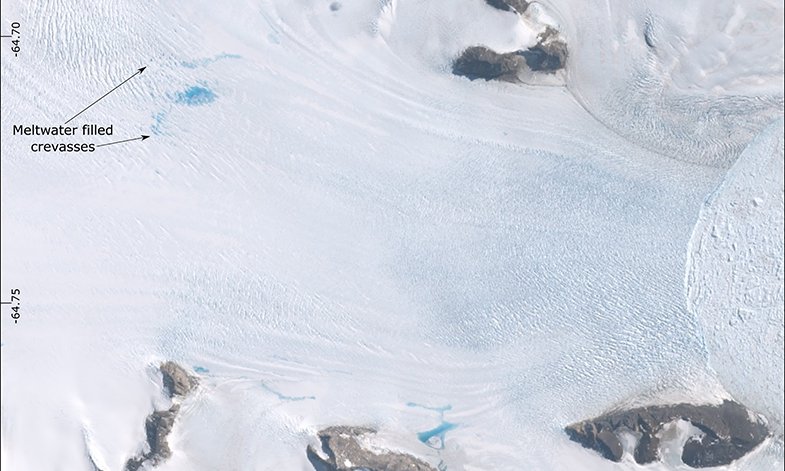 Drygalski Glacier, Antarctic Peninsula. Credit: Google Earth.
Drygalski Glacier, Antarctic Peninsula. Credit: Google Earth.
Researchers used imagery and data from satellites along with regional climate modeling and found that meltwater is causing some glaciers to move 100 percent faster than average — by up to 400 meters per year.
Gravity causes glaciers to move downhill with the internal deformation of ice, and by sliding over the ground beneath them — a process lubricated by liquid water called basal sliding.
The process is due to the surface meltwater penetrating into the ice bed, and lubricating the sliding of glaciers.
“Our research shows for the first time that surface meltwater is getting beneath glaciers in the Antarctic Peninsula – causing short bursts of sliding towards the sea 100 percent faster than normal,” Dr Jeremy Ely, Independent Research Fellow at the University of Sheffield’s Department of Geography and author of the study, said in a press release.
As temperatures continue to rise in the Antarctic, surface melting could occur more frequently, and across a wider area, the researchers said.
The Antarctic temperature is an important factor in determining the speed at which glaciers move towards the sea.
Ultimately, the researchers said that glaciers on the Antarctic Peninsula would behave like those in present-day Greenland and Alaska, where meltwater controls the size and timing of variations in glacier flow across seasons and years.
The researchers said that they expect to see more surface meltwater than ever with increasing global average temperatures, adding that such behavior may become more common in Antarctica.
It’s crucial that this factor is considered in models of future sea-level rise, so we can prepare for a world with fewer and smaller glaciers, Ely added.
Written by Eddie Gonzales Jr. – MessageToEagle.com Staff

